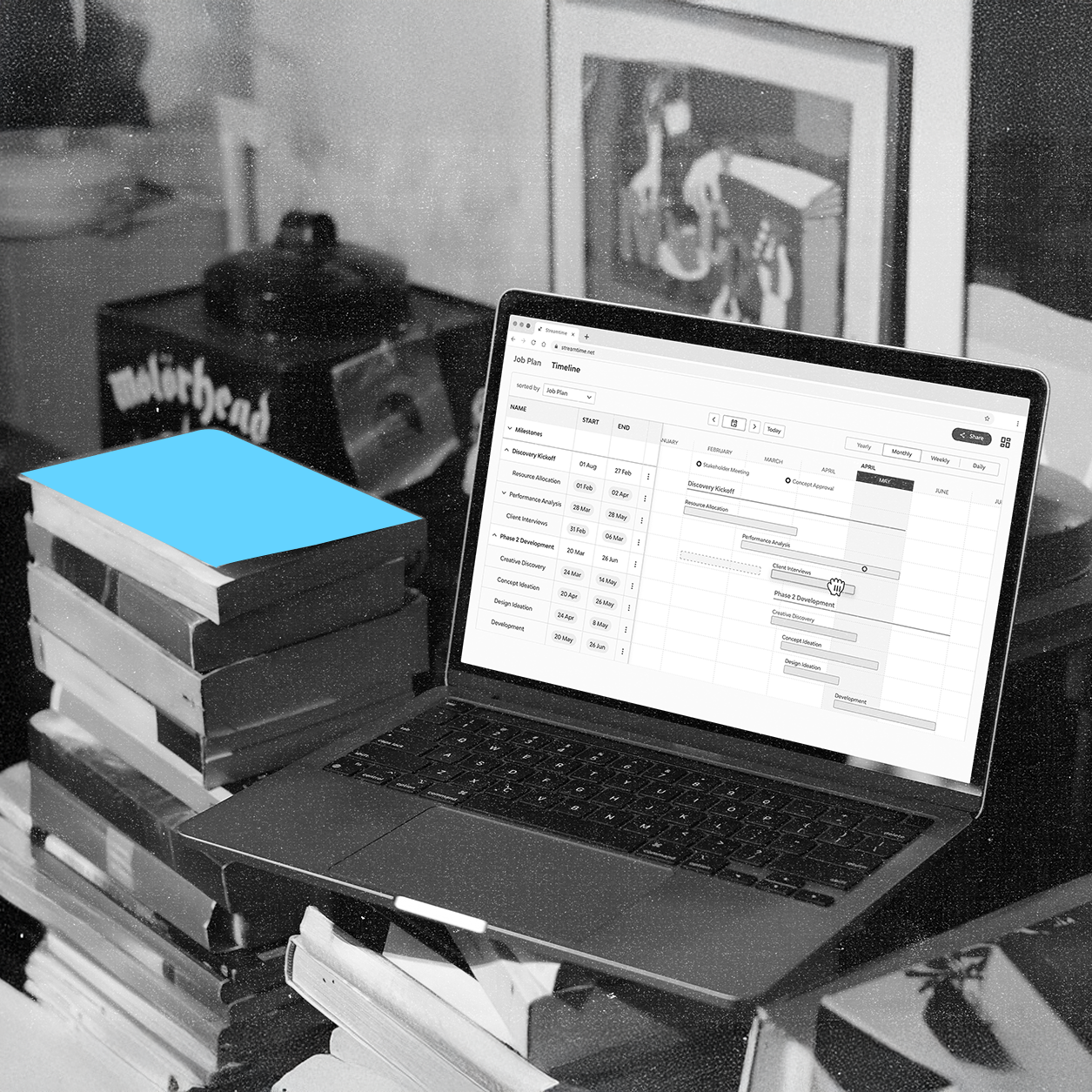This is Part 10 and the final in our series on "The creative industry's relationship with time". If you missed it, read part 9 here.
Ready to transform your agency's relationship with time? Here's your roadmap:
Step 1: Audit Your Current Reality
Before you can change anything, you need to understand what's actually happening. Conduct an honest assessment:
- Survey your team anonymously: Ask about their real experiences with time tracking. What works? What doesn't? What would they change?
- Analyse your data quality: How accurate is your current time tracking? Are people gaming the system? What patterns do you see? Hint… 7.5 every day probably isn’t true.
- Examine your culture: Do people feel trusted or surveilled? Is time tracking seen as helpful or punitive?
- Review your processes: Are your systems designed for control or insight? Do they serve the work or just the business?
Step 2: Reframe the Conversation
Change starts with changing the story. Instead of talking about time tracking as a necessary evil, reframe it as a tool for empowerment:
- Connect to purpose: Help your team understand how better time awareness leads to better work, more sustainable practices, and professional growth.
- Share the benefits: Be explicit about how time data helps you make decisions that benefit the team—hiring more people, adjusting project scopes, investing in training.
- Acknowledge the challenges: Be honest about the tensions between business needs and creative work. Your team already knows these exist—pretending they don't undermines trust.
- Create shared language: Develop ways of talking about time that honour both business realities and creative needs.
Step 3: Design for Humans, Not Spreadsheets
Rebuild your time tracking system with human psychology in mind:
- Simplify ruthlessly: Reduce categories, eliminate unnecessary precision, and make the process as frictionless as possible. Start with less. Then as you have more questions, more ideas, gradually add more over time. A great opportunity to clear up that organisational debt.
- Focus on outcomes: Track what matters—project phases, deliverable types, client categories—rather than trying to account for every minute.
- Build in flexibility: Allow for the non-linear nature of creative work. Some days are about exploration, others about execution. If you can plan it out routinely, then great. But if a spare half-day presents itself, jump at it and make the most of the opportunity.
Step 4: Create Psychological Safety
This approach is only going to work when you’ve created an environment and culture where people feel safe being honest:
- Lead by example: If you're asking others to track time, do it yourself. Share your own struggles and insights. This will be a great way for you to come face-to-face with how much detail is really necessary.
- Separate tracking from evaluation: Make it clear that time data won't be used punitively. Focus on patterns and learning, not individual performance
- Celebrate honesty: When someone shares that a project took longer than expected, thank them for the insight rather than questioning their efficiency.
- Protect creative time: Use time data to defend your team's need for thinking time, exploration, and iteration.
Step 5: Use Data for Empowerment
Transform time tracking from surveillance to support:
- Share insights regularly: Help your team see patterns in their own work. When are they most productive? What types of projects energise them?
- Make visible improvements: When time data leads to better resource allocation, more realistic deadlines, or process improvements, make sure everyone knows
- Invest in what matters: Use time insights to justify investments in training, tools, or additional team members.
- Adjust expectations: When data shows that certain types of work consistently take longer than estimated, adjust your planning accordingly.
Step 6: Embrace the Paradoxes
Stop trying to resolve time's contradictions and start leveraging them:
- Plan for unpredictability: Build buffers and flexibility into your processes while maintaining clear deliverables and deadlines.
- Balance structure and freedom: Create frameworks that guide without constraining, providing direction while allowing for creative exploration.
- Honour different rhythms: Recognise that different people and different types of work have different time requirements.
- Celebrate both efficiency and depth: Value both the ability to work quickly and the willingness to invest time in quality and innovation.
Transforming your relationship with time isn't a quick fix—it's a cultural shift that requires patience, persistence, and commitment. But the payoff is enormous: teams will feel trusted and empowered, work will consistently exceed expectations, and you’ll have a business that's both profitable and sustainable.
The agencies that will thrive in the coming years aren't those with the most sophisticated time tracking systems or the most efficient processes. They're the ones who’ve learned to work with time rather than against it—creating cultures where time becomes a creative ally rather than a bureaucratic burden.
Your Time is Now
We started this series with the observation that "We don't do timesheets" has become the four-word phrase that any new hire in the creative industry longs to hear. But perhaps we've been asking the wrong question.
Instead of asking "How do we avoid tracking time?" maybe we should be asking "How do we track time in ways that serve creativity rather than stifling it?"
The answer isn't to abandon or shy away from time-tracking and time awareness but to approach it with the same creativity, thoughtfulness, and human-centered design that we bring to our client work.
Your agency's relationship with time is a choice. You can continue to see it as a necessary evil, a source of friction, a bureaucratic burden. Or you can choose to see it as what it really is: a creative medium, a focusing lens, a tool for building the kind of agency where both business and creativity can thrive.
The time for that choice is now. Not because you have to, but because you can. Because in transforming your relationship with time, you're not just improving your business—you're modelling a better way of working for an entire industry that desperately needs it.
Time isn't the enemy of creativity. Bad time management is. The difference between the two might just be the difference between an agency that survives and one that truly thrives.
The time is right. The question is: are you ready?
I'm signing off for this series on, "The Creative Industry's relationship with time." I don't think I'll ever stop thinking about the subject. If you'd like to chat, just get in touch on Linkedin, wherever you are.
Andy, CEO, Streamtime





.png)










